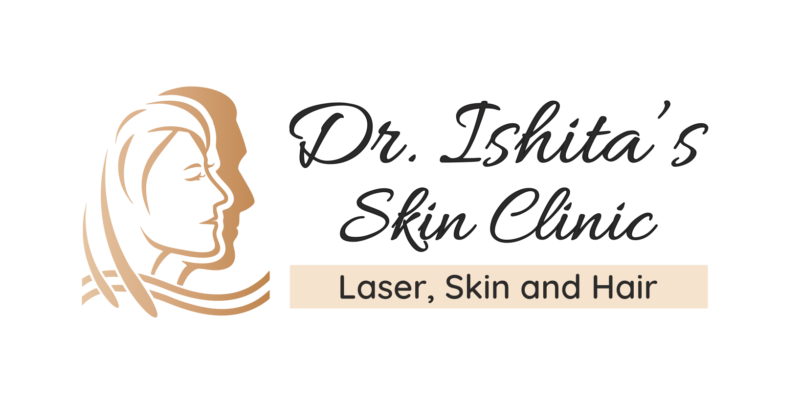Hairfall in women
Hairfall in Women: Causes, Treatments, and Preventive Measures
Hairfall is a widespread concern among women, affecting their confidence and self-image. While it’s natural to shed some hair daily, excessive hairfall can be alarming and often signals underlying issues. Unlike men, who typically experience a more defined pattern of hair loss, female hairfall can be diffuse, thinning the hair uniformly across the scalp. Let’s delve into the causes, treatments, and ways to prevent and manage hairfall in women.
Causes of Hairfall in Women
Hormonal Imbalance: Hormonal changes are one of the primary causes of hairfall in women. Conditions like polycystic ovary syndrome (PCOS), pregnancy, childbirth, menopause, and the use of hormonal contraceptives can lead to hair thinning. Androgenic alopecia, a hereditary condition, is also influenced by hormonal shifts and often leads to gradual thinning of hair.
Stress: Physical or emotional stress can trigger a type of hairfall known as telogen effluvium, where a larger proportion of hair enters the shedding phase. This type of hair loss is usually temporary, but chronic stress can prolong it.
Nutritional Deficiency: A diet lacking essential nutrients, especially vitamins like biotin, vitamin D, and B12, as well as minerals such as iron and zinc, can lead to hairfall. Crash diets and extreme weight loss also cause sudden hair shedding.
Thyroid Disorders: Both hypothyroidism and hyperthyroidism can contribute to hair loss, as the thyroid hormones regulate many of the body’s essential functions, including hair growth.
Medical Conditions and Medications: Autoimmune diseases like alopecia areata cause the immune system to attack hair follicles, leading to hair loss. Other conditions like anemia and scalp infections can also cause hairfall. Certain medications, such as those for cancer, depression, or high blood pressure, may have hair loss as a side effect.
Hairstyling Practices: Excessive use of heat styling tools, chemical treatments like coloring or perming, and tight hairstyles (e.g., ponytails, braids) can weaken the hair shaft and lead to traction alopecia, a form of hair loss caused by pulling.
Aging: As women age, the hair growth cycle slows down, and hair becomes thinner. This natural aging process, coupled with decreased hormone levels, can lead to hair thinning and shedding.
Treatment Options for Female Hairfall
Addressing hairfall requires a multi-faceted approach that includes medical treatments, lifestyle changes, and proper hair care routines.
Topical Treatments:
- Minoxidil: Approved by the FDA for female pattern baldness, minoxidil helps to stimulate hair follicles and promote hair regrowth. It’s available over-the-counter in 2% or 5% formulations.
- Hair Serums: Serums containing ingredients like peptides, biotin, and niacinamide can help improve hair density by strengthening the hair shaft and promoting healthy growth.
Oral Medications:
- Spironolactone: An anti-androgen medication often prescribed to women with androgenic alopecia. It blocks the hormone responsible for thinning hair and may promote regrowth.
- Oral Supplements: Supplements containing biotin, zinc, iron, and collagen can help address deficiencies that lead to hairfall.
Platelet-Rich Plasma (PRP) Therapy: PRP therapy involves injecting the patient’s own plasma, rich in growth factors, into the scalp to stimulate hair follicles and encourage hair growth. It’s a non-invasive procedure that has shown promising results in women experiencing hair thinning.
Low-Level Laser Therapy (LLLT): Laser devices that emit low levels of light can help stimulate hair follicles, improve blood circulation to the scalp, and promote hair growth. These treatments can be done at home or in a clinic.
Hormonal Therapy: In cases of hair loss caused by hormonal imbalances, treatments like birth control pills, hormone replacement therapy, or anti-androgen medications may be prescribed.
Hair Transplantation: For women with severe hair thinning or hair loss, hair transplantation may be considered. Follicular unit extraction (FUE) is a popular method that transfers healthy hair follicles to areas of thinning, resulting in permanent hair restoration.
Preventing and Managing Hairfall
While treating hairfall is important, preventing it through healthy hair habits and lifestyle changes is equally crucial. Here are some strategies to manage and prevent excessive hair shedding:
Balanced Diet:
- Incorporate foods rich in vitamins and minerals that support hair health. Include protein-rich foods (fish, eggs, legumes) for keratin production, iron (spinach, lentils), and vitamins (vitamin D, biotin, and B-complex vitamins) for hair growth and strength.
- Stay hydrated to maintain scalp health and ensure your hair receives adequate moisture.
Stress Management:
- Practice relaxation techniques like meditation, yoga, or deep breathing exercises to reduce stress, which is a common trigger for hairfall.
- Regular physical activity not only reduces stress but also improves blood circulation, promoting hair health.
Gentle Hair Care:
- Avoid tight hairstyles that pull on your hair and cause breakage. Opt for looser styles that reduce tension on the scalp.
- Limit the use of heat styling tools and harsh chemical treatments. Use heat protectants when styling to reduce damage.
- Use a gentle shampoo and conditioner that nourish the scalp and hair without stripping away natural oils. Avoid sulfates and harsh chemicals that can irritate the scalp.
Regular Scalp Massage:
- Massaging the scalp with essential oils like rosemary, peppermint, or tea tree oil can improve circulation to the hair follicles, strengthening hair growth.
Address Underlying Health Conditions:
- Monitor and manage health conditions like thyroid disorders, PCOS, and autoimmune diseases, as they can contribute to hairfall. Regular checkups with your healthcare provider can help you stay on top of these issues.
Avoid Frequent Hair Washes:
- Over-washing strips the scalp of its natural oils, which are essential for keeping hair healthy. Aim to wash your hair 2-3 times a week to maintain a healthy scalp environment.
When to See a Dermatologist
While some hair shedding is normal, significant or prolonged hair loss warrants professional consultation. If your hair thinning is noticeable or accompanied by other symptoms like scalp irritation or itching, it’s best to consult a dermatologist. Early intervention can prevent further hair loss and allow you to explore the most effective treatment options for your specific condition.
Conclusion
Hairfall in women can be distressing, but understanding the underlying causes and available treatments can empower you to take action. At BeautybyIshita, we offer a range of products and solutions tailored to address hair thinning and loss. Whether you’re dealing with hormonal changes, nutritional deficiencies, or stress-induced hairfall, our team is here to guide you through the process of restoring healthy, beautiful hair.
Achieve stronger, healthier hair with expert advice and premium hair care products from BeautybyIshita.

